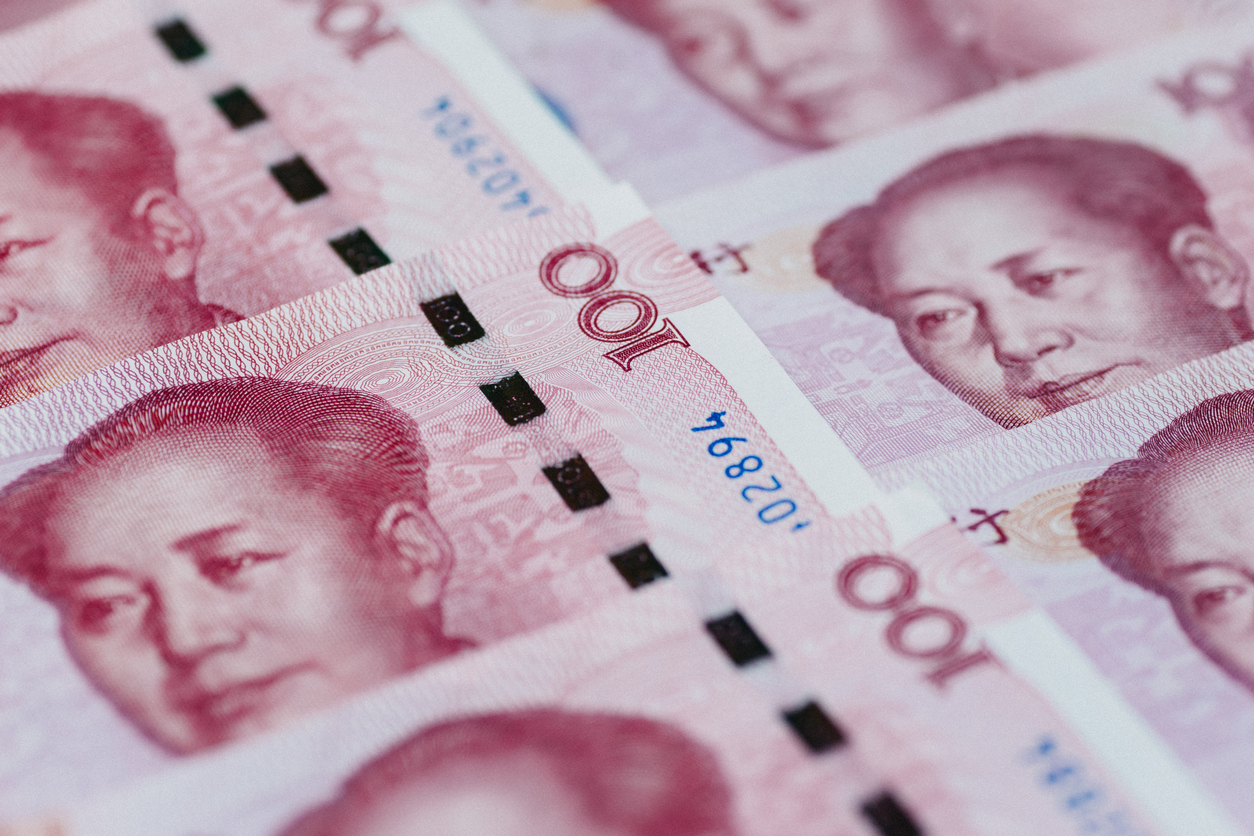(ATF) The Chinese economy continued its faster than expected growth acceleration in August as industrial production climbed by 5.6% year-on-year (1.02% month-on-month) and lifted producer prices (PPI) from -2.4% year-on-year in July to -2.0%, a gain of 0.3% month-on-month.
But it was the 1.25% month-on-month growth in retail sales (+0.5% year-on-year) that demonstrated that the economic recovery is gaining strength not just on the production, but also on the critical consumption side. The August retail sales gain was the first positive year-on-year number since the outbreak of Covid-19.
Policymakers, who had formally introduced the new “dual circulation” growth model with greater emphasis on domestic demand in early August, will have been elated by a good start.
Similarly, monetary policymakers will see their emphasis on a stable policy stance confirmed and welcome the fact that PPI made further gains even without monetary easing.
Even bond holders and buyers will have something to cheer about as bond demand is continuing to rise with a strengthening currency.
The People’s Bank of China (PBoC) set the yuan’s central parity rate with the US dollar at 6.8222 this Tuesday morning. That was the strongest CNY parity level since May 13, 2019, but still underestimated the renewed buoyancy of the Chinese currency.
At 5:30pm HK time, CNH, the offshore deliverable CNY, traded at 6.7720 to the USD, a 16-month high.
As I have argued repeatedly over the past two months, China’s rapid economic recovery from the Covid pandemic has left the nation’s currency with very sound fundamentals and, in particular, attractive fixed-income sector returns not threatened by currency hedging costs. There will be increased foreign inflows into the sector.
The dual circulation model requires a strong currency. As the model proves its worth, the yuan will continue on an upward slope.
I regard its fair value and medium-term target level as 6.0 to the US dollar.
























